Spectacular exhibition devoted to the art of the second half of the 16th century opens at Palazzo Strozzi
FLORENCE.- Palazzo Strozzi is hosting The Cinquecento in Florence, a spectacular exhibition devoted to the art of the second half of the 16th century in the city, bringing together works by such artists as Michelangelo, Andrea del Sarto, Rosso Fiorentino, Pontormo, Bronzino, Giorgio Vasari, Santi di Tito and Giambologna.
The final act in a trilogy of exhibitions curated by Carlo Falciani and Antonio Natali which began with Bronzino in 2010 and was followed by Pontormo and Rosso Fiorentino in 2014, the exhibition explores an era of outstanding cultural and intellectual talent, the second half of the 16th century in Florence. The exhibition charts the debate between the ‘modern manner’ and the Counter-Reformation, between the sacred and the profane, and highlights an extraordinary age for the history of art in Florence, marked by the Council of Trent and the personality of Francesco I de' Medici, one of the greatest figures in the history of courtly patronage of the arts in Europe.
The exhibition showcases over seventy paintings and sculptures that capture the cultural climate of 16th century Florence. Palazzo Strozzi's exhibition halls play host to a chronological and thematic dialogue, involving both sacred and secular works by such great masters of the age as Michelangelo, Pontormo and Rosso Fiorentino, but also by painters of the quality of Giorgio Vasari, Jacopo Zucchi, Giovanni Stradano, Girolamo Macchietti, Mirabello Cavalori and Santi di Tito. Sculptors from this era are represented with works by Giambologna, Bartolomeo Ammannati and Vincenzo Danti, to name but a few of those who were involved in projects for the Studiolo and the Tribune, and in the drive to redecorate Florence's churches to reflect the precepts of the Council of Trent. These men were artists capable of playing on several different registers of expression. Revisiting their own training at the hands of the great masters in the early part of the century, they aimed to create works tailored to the needs of a complex, changing world dashing headlong towards the era of Galileo Galilei, open to a new vision of nature and art.
A network of local and international museums and institutions have brought this exhibition together, along with a major restoration campaign devised especially for the occasion. The restauration involved 15 masterpieces; first and foremost, the Capponi Chapel in Santa Felicita, restored in full thanks to the generosity of the Friends of Florence. In addition to the chapel, the campaign also included ten large altarpieces and a sculpture by Michelangelo which had long required a restoration.
THE EXHIBITION
The first two rooms set out to provide visitors with an ideal overview of what was presented in the two earlier exhibitions – though doing so through works that were not displayed in those exhibitions – while simultaneously providing an overview of the arts in Florence up to the first edition of Giorgio Vasari's Lives, published in 1550.
The first room showcases masterpieces of the 1520s created by artists who were the undisputed masters of those working in the second half of the century: men such as Michelangelo with his sculpture of the River God (c. 1524–7) and Andrea del Sarto with his celebrated Pietà with Saints known as the Luco Pietà (1523–4).
Michelangelo Buonarroti (Caprese or Chiusi of Verna 1475-Rome 1564), River God, c. 1526-7, clay, earth, sand, plant and vegetable fibers, and casein model built around an iron wire core. Later interventions: plaster, iron mesh, 65 x 140 x 70 cm, Florence, Drawing Arts Academy (on loan to Casa Buonarroti Museum)
Andrea del Sarto (Andrea d'Agnolo, Florence 1486-1530), Lamentation over the Dead Christ, 1523-4, oil on panel, 238.5 x 198.5 cm, Florence, Galleries of the Uffizi Gallery Palatina, inv. 1912 no. 58.
The second room positions works by Pontormo, Rosso Fiorentino and Bronzino in the shape of a spectacular juxtaposition of the Santa Felicita Entombment of Christ (1526–8), the Volterra Deposition from the Cross (1521) and the Besançon Deposition of Christ (c. 1542–5), in addition to major works by Cellini, Salviati and Vasari testifying to the birth, between 1530 and 1550, of the styles that were to be embraced by the artists who worked for Francesco I and Ferdinando I de’ Medici.
Pontormo (Jacopo Carucci, Pontorme, Empoli 1494 -Florence 1557), Deposition, 1525-8, tempera on panel, 313 x 192 cm, Florence, Church of Santa Felicita.
Rosso Fiorentino (Giovan Battista di Jacopo, Florence 1494-Fontainebleau 1540), Deposition from the Cross, 1521, oil on panel, 343 x 204 cm, Volterra, Pinacoteca and Civic Museum.
Bronzino (Agnolo di Cosimo, Florence 1503-72), Deposition of Christ, c. 1543-5, oil on panel, 268 x 173 cm, Besançon, Musée des Beaux-Arts et d'Archéologie, inv. D.799. 1:29.
Francesco Salviati (Francesco de 'Rossi, Florence 1510-Rome 1563), Annunciation, c. 1534, oil on panel, 237 x 171.5 cm, Rome, Church of San Francesco and Ripa.
Benvenuto Cellini (Florence 1500-71), Apollo and Hyacinth, c. 1546-71, marble, 191 x 70 x 55 cm, Florence, National Museum of the Bargello, inv. 136 Deposits.
The exhibition proceeds with a section devoted to religious themes and the artists who produced the new altars in Florentine churches in accordance with the dictates of the Counter-Reformation. This is followed by a section on the secular themes so often linked to the figure of Francesco I. Both sections include work by artists including Giorgio Vasari, Mirabello Cavalori, Girolamo Macchietti, Santi di Tito, Jacopo Coppi, Maso da San Friano, Giovanni Battista Naldini and Giambologna. At the heart of the exhibition, bridging the sacred and the secular, two rooms are being devoted to the artists and the genres found in Francesco I's Studiolo, focusing on their work as portrait artists.
The works of sacred art include Vasari's Crucifixion from the church of Santa Maria del Carmine (1561–3), Bronzino's Immaculate Conception, on loan from the church of the Madonna della Pace (1570–2), Santi di Tito's Resurrection, from the basilica of Santa Croce (c. 1574) and Alessandro Allori's Christ and the Adulteress (1577) from the basilica of Santo Spirito. Secular works on display include the six lunettes – brought together here for the very first time – that make up one of the rare secular and allegorical painting cycles produced by some of the painters involved in decorating Francesco I's Studiolo in Palazzo Vecchio. The room also hosts Giambologna's Mercury from the Kunsthistorisches Museum in Vienna (c. 1564–5) and Mirabello Cavalori's Michelangelo, Soderini and the Sultan from the National Gallery in London (after 1564).
Giorgio Vasari (Arezzo 1511-Florence 1574), Crucifixion, 1560-3, oil on panel, 450 x 248 cm, Florence, Church of Santa Maria del Carmine.
Bronzino (Agnolo di Cosimo, Florence 1503-72) and workshop, Immaculate Conception, 1570-2, oil on panel, 502 x 291 cm, Florence, Church of Santa Maria Regina della Pace, inv. Deposits no. 1 is a permanent loan to the Gallerie Fiorentine UR 13956.
Santi di Tito (Florence 1536-1603), Resurrection, c. 1574, mixed media on panel, 456 x 292 cm, Florence, Basilica of Santa Croce.
Alessandro Allori (Florence 1535-1607), Christ and the Adulteress, 1577, oil on panel, 380 x 263.5 cm, Florence, Basilica of Santo Spirito.
Pietro Candid0 (Pieter de Witte, Bruges c. 1548-Munich 1628), Lamentation over the Dead Christ, c. 1586, oil on panel, 294 x 177 cm, Volterra, Pinacoteca and Civic Museum, inv. 39.
Giambologna (Douai c. 1529-Florence 1608), Crucifix, 1598, bronze, 171.5 (200 with the arms) × 169 × 55 cm, Florence, Basilica of Santissima Annunziata.
Alessandro Allori (Florence 1535-1607), Portrait of Francesco I de 'Medici, 1570-1575, oil on canvas, 185 x 98 cm, Antwerp, Museum Mayer van den Bergh, MMB.0199.
Maso da San Friano (Tommaso Manzuoli, Florence 1531-71), Portrait of Sinibaldo Gaddi, After 1564, oil on panel, 116 x 92 cm, Private collection.
Poppi (Francesco Morandini; Poppi c. 1544-Florence 1597), Portrait of Antonio de 'Ricci, c. 1587-90, oil on canvas, 201.2 x 116 cm, Florence, Casa Martelli Museum, inv. 43.
Santi di Tito (Florence 1536-1603), Portrait of Guido Guardi with his Sons, 1564 / 68-1570 / 80, oil on panel, 98.4 x 75 cm, Private collection.
Girolamo Macchietti (Florence 1535-92), Charity of St Nicholas of Bari, c. 1570, oil on panel, 75 x 112 cm, London, The National Gallery, Accepted by HM Government in lieu of Inheritance Tax and allocated to the National Gallery, 2007, NG6606.
Giovan Battista Naldini (Fiesole 1535-Florence 1591), Diana and Actaeon, c. 1580-5, oil on copper, 32 x 24 cm, Vercelli, Fondazione Museo Francesco Borgogna, 1906, XV, 170.
Jacopo Zucchi (Florence 1541-Rome 1596), The Creation, 1585, oil on copper, 49 x 39 cm, Rome, Galleria Borghese, inv. 293.
Santi di Tito (Florence 1536-1603), Fatigue, 1582-5, oil on panel, 79 x 100 cm, Private collection.
Pietro Candido (Pieter de Witte, Bruges? 1548-Munich 1628), Humility, 1582-5, oil on panel, 83 x 118 cm, Walnutport, PA, St. Paul's United Church of Christ of India, K-1208.
Poppi (Francesco Morandini, Poppi c 1544 or 1540-Florence 1597), Justice / Constans Iustitia, 1582-5, oil on panel, 80 x 99 cm, Private collection.
Giovanni Maria Butteri (Florence c. 1540-1606), Time / Chronos, 1582-5, oil on panel, 81 x 109 cm, Private collection.
Giambologna (Douai c. 1529-Florence 1608), Allegory of Prince Francis I de 'Medici, 1564 (model); c. 1580 (cast), bronze, 30.7 x 45.6 cm, Vienna, Kunsthistorisches Museum, Kunstkammer, KK 5814.
Giambologna (Douai c. 1529-Florence 1608), Rape of a Sabine Woman, c. 1579, bronze, 109 x 45 x 40 cm, Naples, Museum of Capodimonte, inv. AM 10524.
Giambologna (Douai c. 1529-Florence 1608), Mercury, c. 1585, bronze, 73.5 x 21 x 26.5 cm, base h 10.80 cm 16 x 16 diameter, Vienna, Kunsthistorisches Museum, Kunstkammer KK_5898.
The last two rooms showcase altarpieces and marble sculpture produced at the very end of the 16th century and early 17th century, such as Santi di Tito's Vision of St. Thomas Aquinas from the church of San Marco in Florence (1593), Alessandro Allori's St. Fiacre Healing the Sick from the basilica of Santo Spirito (1596) and Pietro Bernini's high relief depicting St. Martin Dividing His Cloak with a Beggar from the former St. Martin's Charterhouse, now the Museo di San Martino, in Naples (1595–8). Visitors to the Palazzo Strozzi will have no problem in discerning in these works the lofty poetry that was to breathe life into the figurative culture of Florence well beyond the early 16th century, an era traditionally seen as the end of the city's artistic primacy.
Michele of Ridolfo of Ghirlandaio (Michele Tosini, Florence 1503-77), Night, 1555-65, oil on panel, 135 x 196 cm, Rome, Galleria Colonna, inv. Saved 1756, no. 66.
Girolamo Macchietti (Florence 1535-92), Liberality and Wealth / Proserpine, c. 1565, oil on panel, 164 x 142 cm, Venice, Galleria Giorgio Franchetti at Ca 'd'Oro, cat. d.95.
Alessandro Allori (Florence 1535-1607), Venus and Cupid, c. 1575-80, oil on panel, 143 x 226.5 cm, Montpellier Méditerranée Métropole, Musée Fabre, inv. 887.3.1.
Federico Zuccari (Sant'Angelo in Vado 1539-Ancona 1609), Porta Virtutis, after 1581 (1585?), Oil on canvas, 159 x 112 cm, Urbino, National Gallery of the Marche.
Jacopo Zucchi (Florence 1541-Rome 1596), Cupid and Psyche, 1589, oil on canvas, 173 x 130 cm, Rome, Galleria Borghese, inv. 10.
Bartolomeo Ammannati (Settignano 1511-Florence 1592), Hercules and Antaeus, 1559-60, bronze, 201 x 112 x 65 cm, Florence, Medici Villa of Petraia.
Giambologna (Douai c. 1529-Florence 1608), Mirage, 1572, marble, 99 x 45 x 68 cm, Private collection. Courtesy of Patricia Wengraf Ltd.
Giambologna (Douai c. 1529-Florence 1608), Venus Anadyomene / Venus Fiorenza, c. 1571-2, bronze, 122 x 45 x 60 cm, Florence, Medici Villa of Petraia.
Santi di Tito (Florence 1536-1603), Vision of St Thomas Aquinas, 1593, oil on panel, 361 x 238 cm, Florence, Church of San Marco.
Gregorio Pagani (Florence 1558-1605), Madonna and Child Enthroned with St Michael Archangel and St Benedict, 1595, oil on panel, 233 x 156 cm, Terranuova Bracciolini, Church of San Michele Arcangelo.
Alessandro Allori (Florence 1535-1607), The Miracles of St Fiacre, c. 1596, oil on canvas, 404.5 x 293.5 cm, Florence, Basilica of Santo Spirito.
Andrea Boscoli (Florence 1564? -1607), Annunciation, 1600, oil on canvas, 206 x 135 cm, Fabriano, Church of the Monastery of San Luca.
Cigoli (Lodovico Cardi, San Miniato 1559-Rome 1613), Martyrdom of St. James and Josiah, 1605, oil on canvas, 305 x 215 cm, Pegognaga, Church of San Giacomo Maggiore.
Pietro Bernini (Sesto Fiorentino 1562-Rome 1629), St Martin Sharing his Cloak with a Beggar, c. 1598, marble, 140 x 102 x 48 cm, Naples, Charterhouse and Museum of St. Martin.

/https%3A%2F%2Fprofilepics.canalblog.com%2Fprofilepics%2F1%2F0%2F100183.jpg)
/https%3A%2F%2Fstorage.canalblog.com%2F03%2F02%2F119589%2F96711876_o.jpg)
/https%3A%2F%2Fstorage.canalblog.com%2F11%2F31%2F119589%2F94773502_o.jpg)
/https%3A%2F%2Fstorage.canalblog.com%2F20%2F83%2F119589%2F94772815_o.jpg)
/https%3A%2F%2Fstorage.canalblog.com%2F26%2F72%2F119589%2F75604929_o.jpg)
/https%3A%2F%2Fstorage.canalblog.com%2F59%2F60%2F119589%2F26458628_o.jpg)
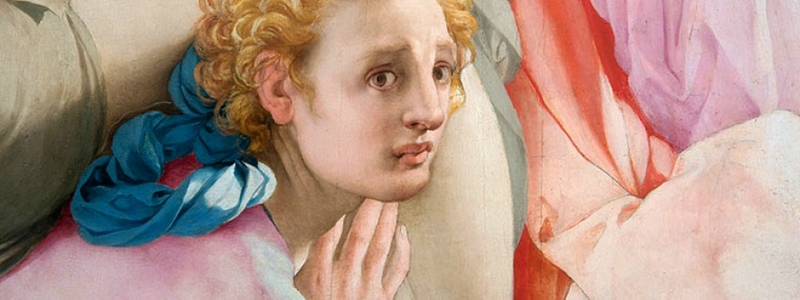
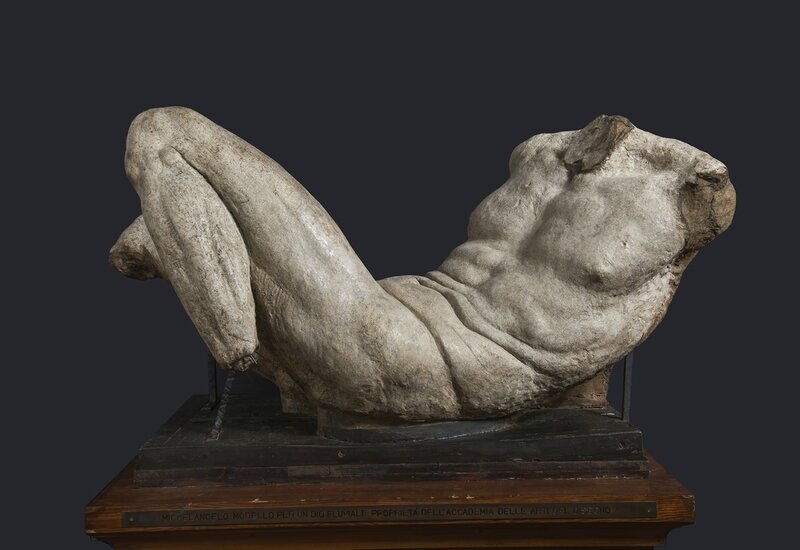

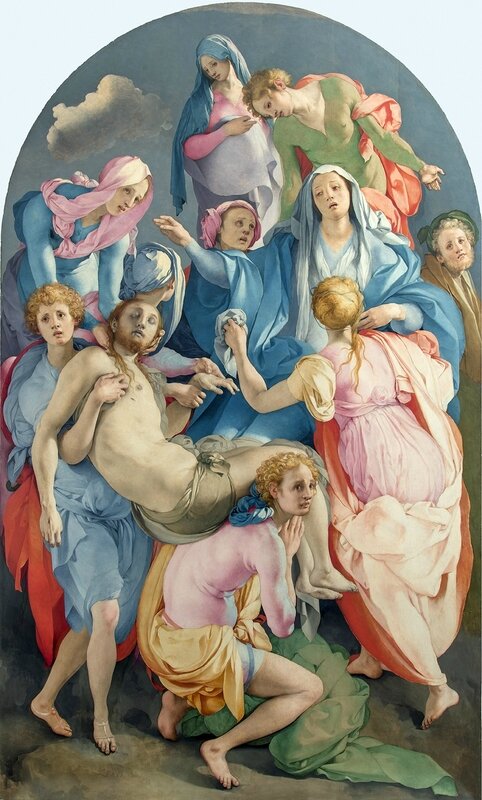
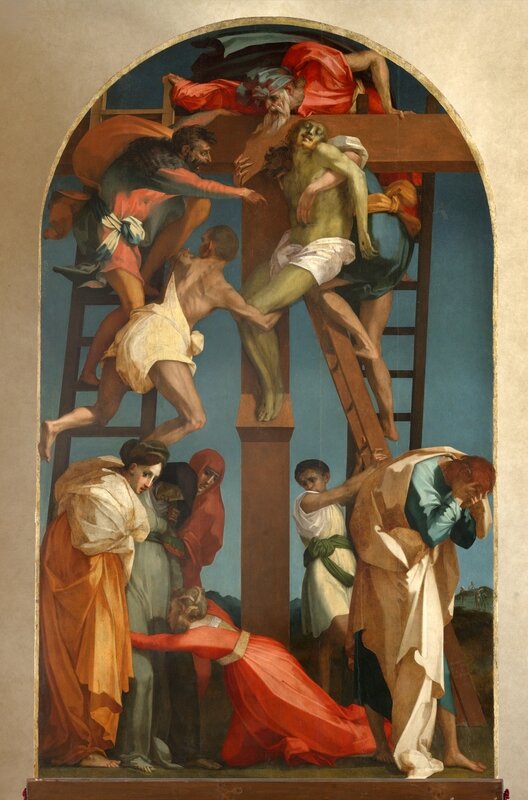

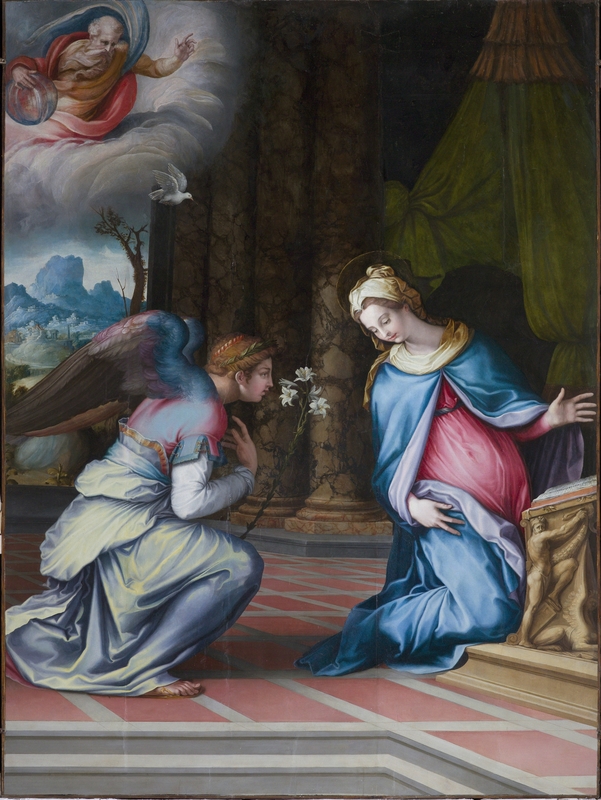
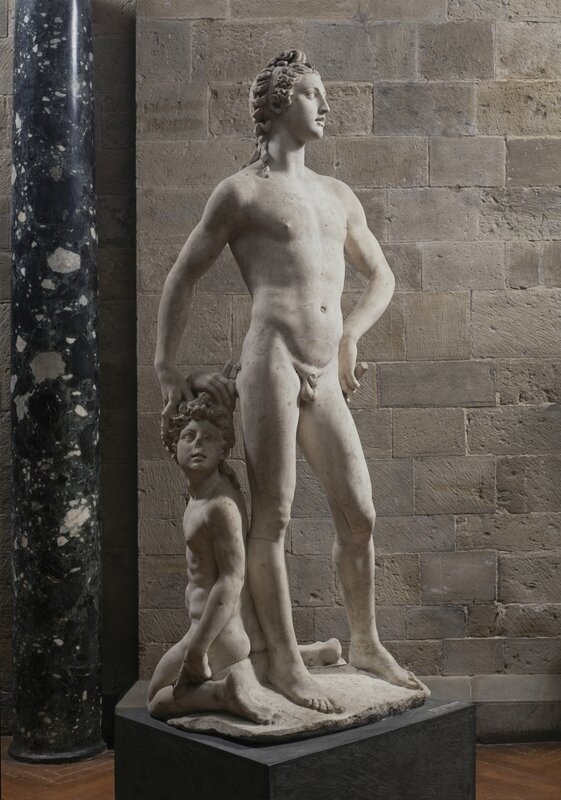

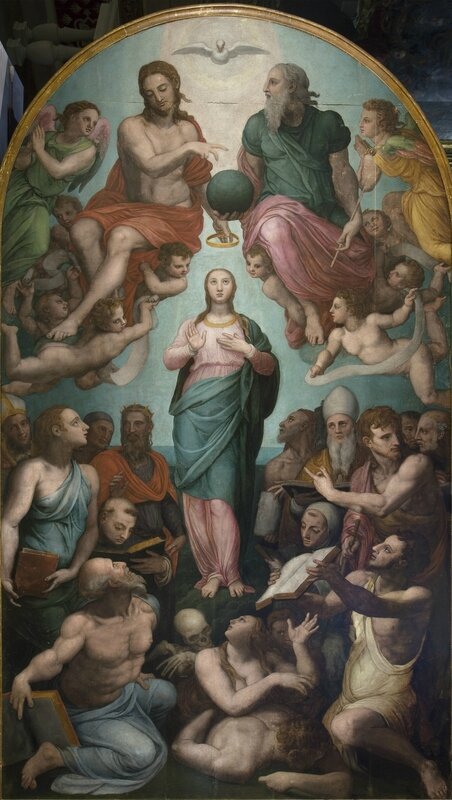
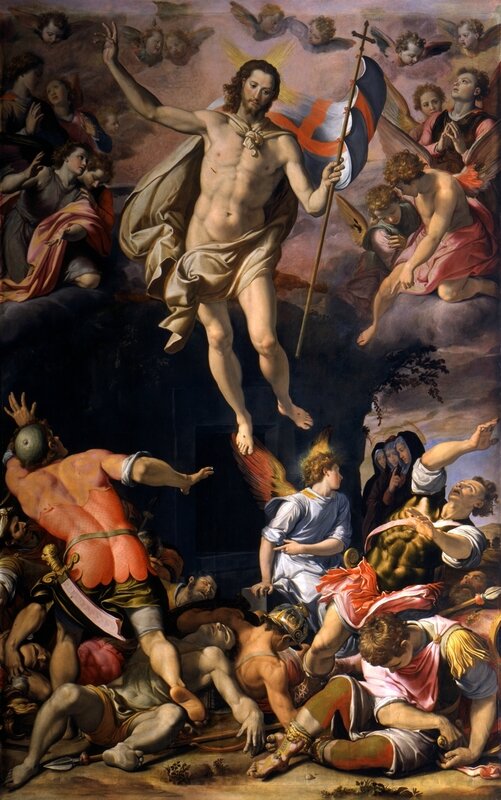
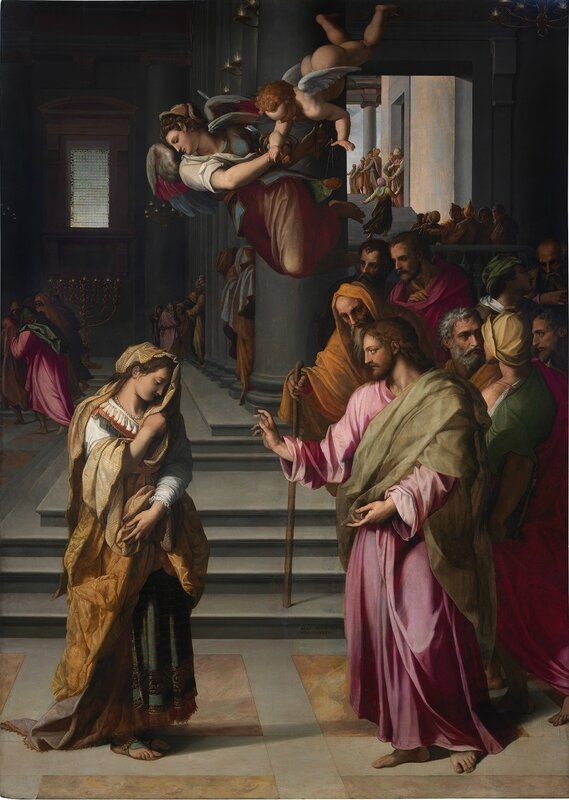
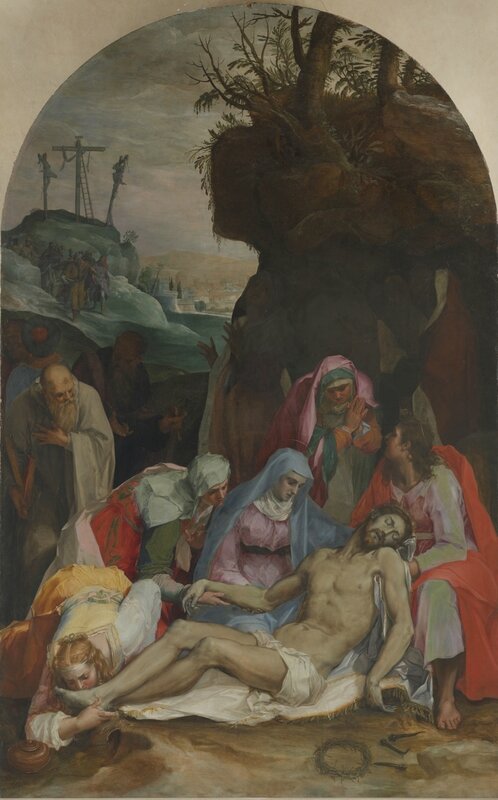


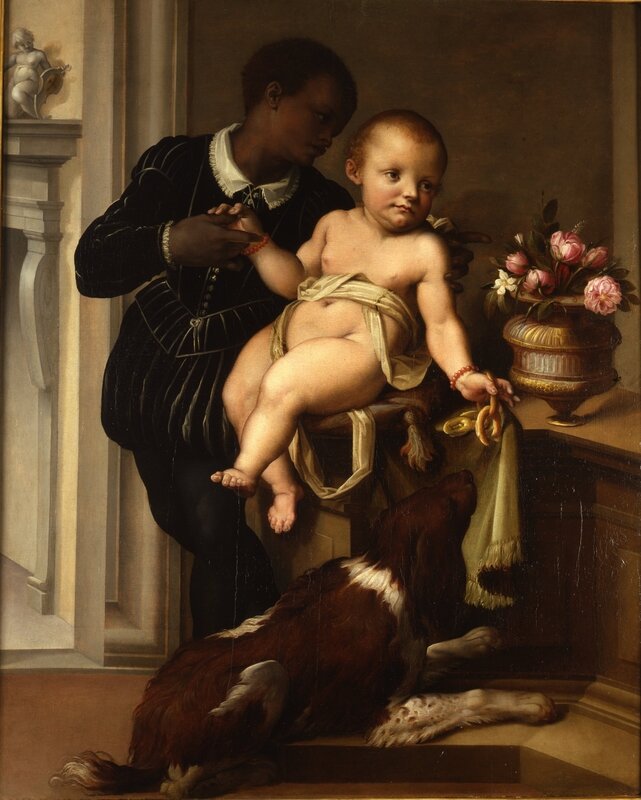
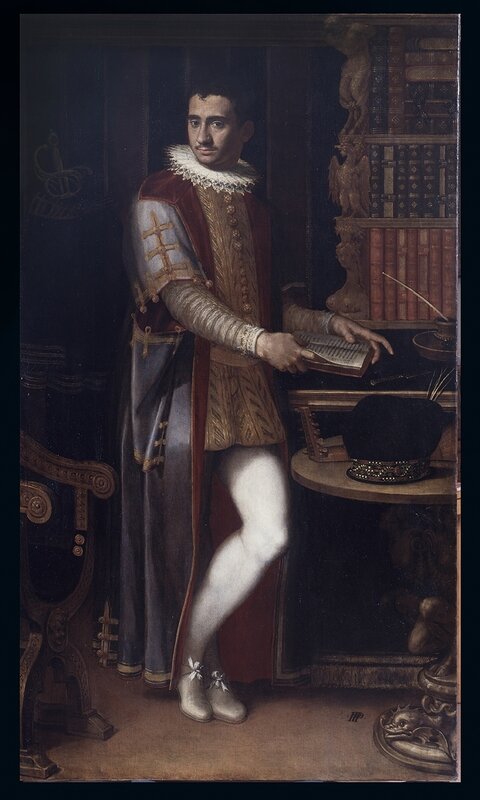
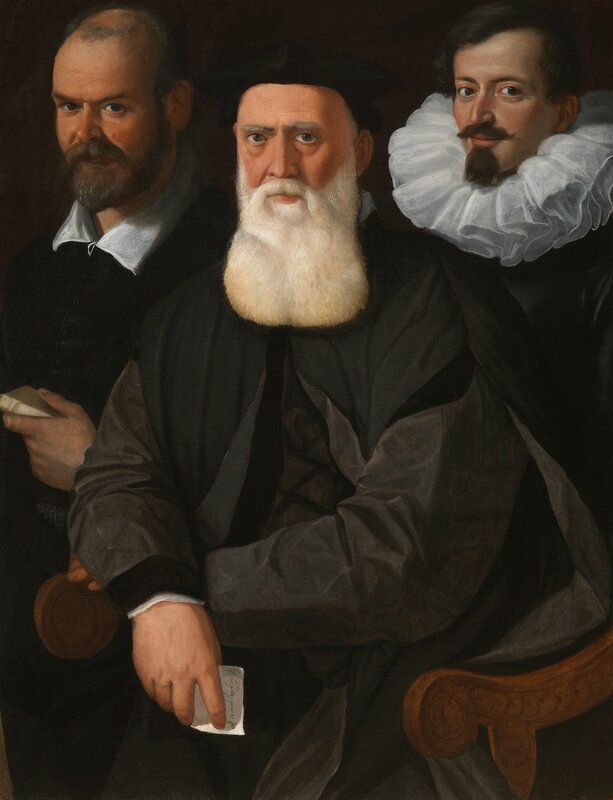


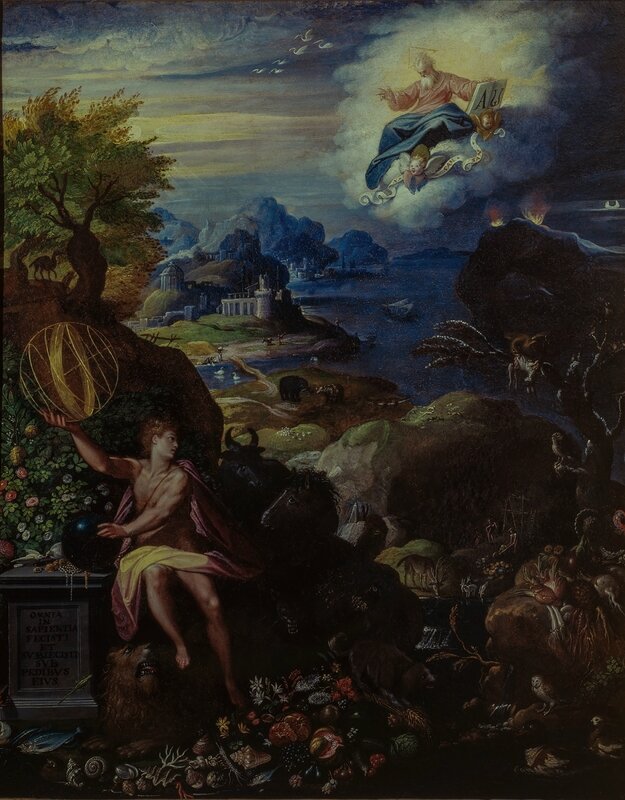
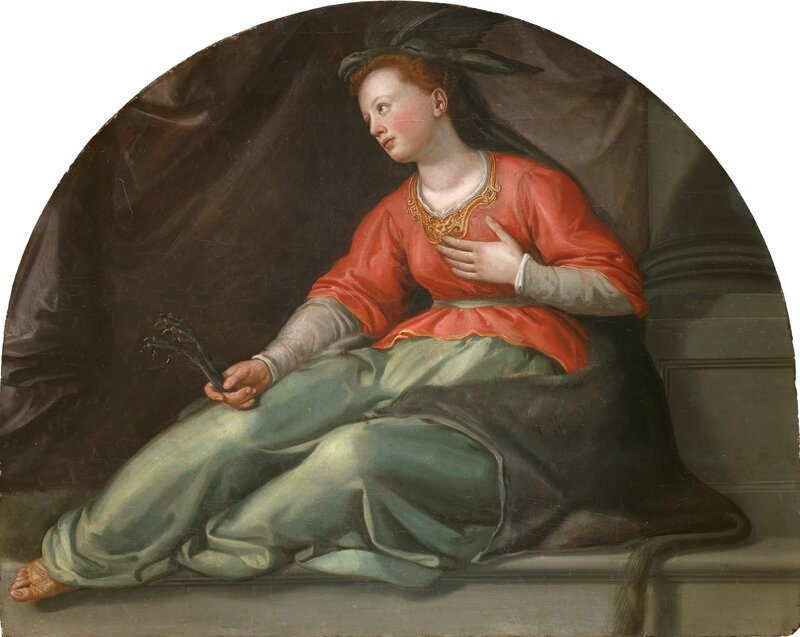

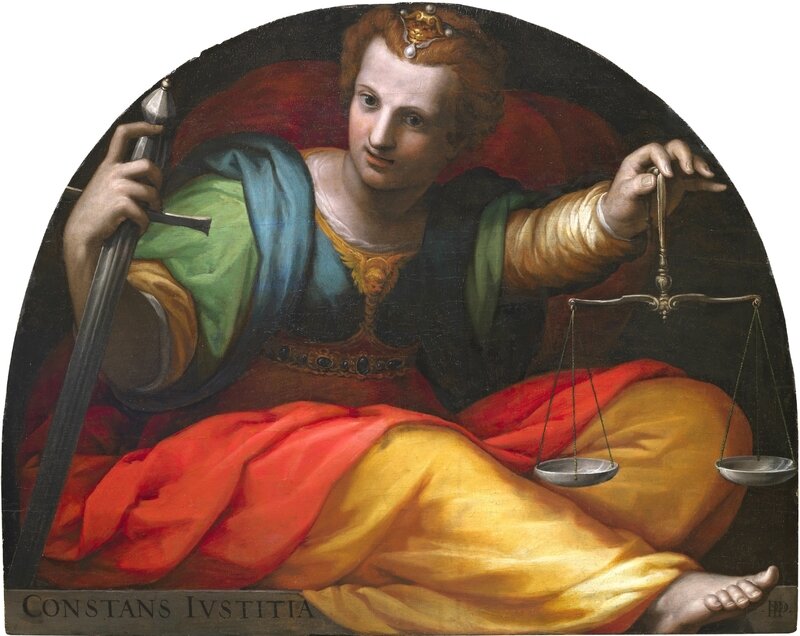
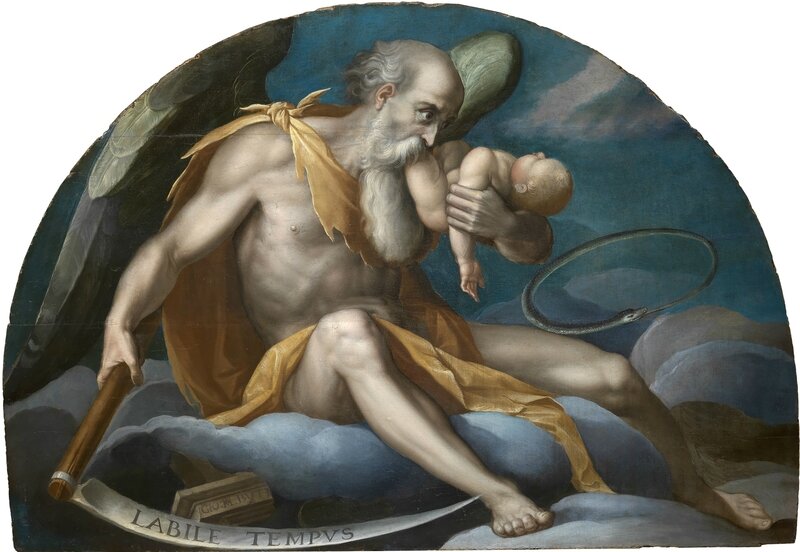


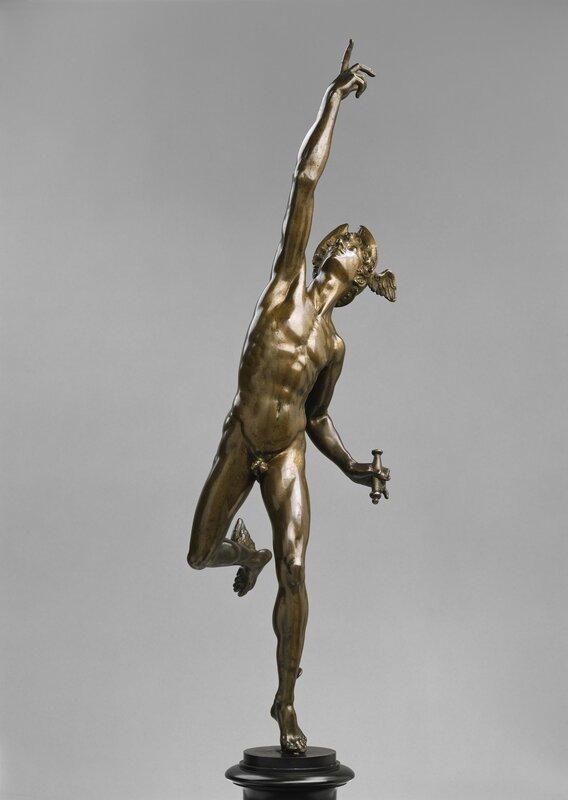



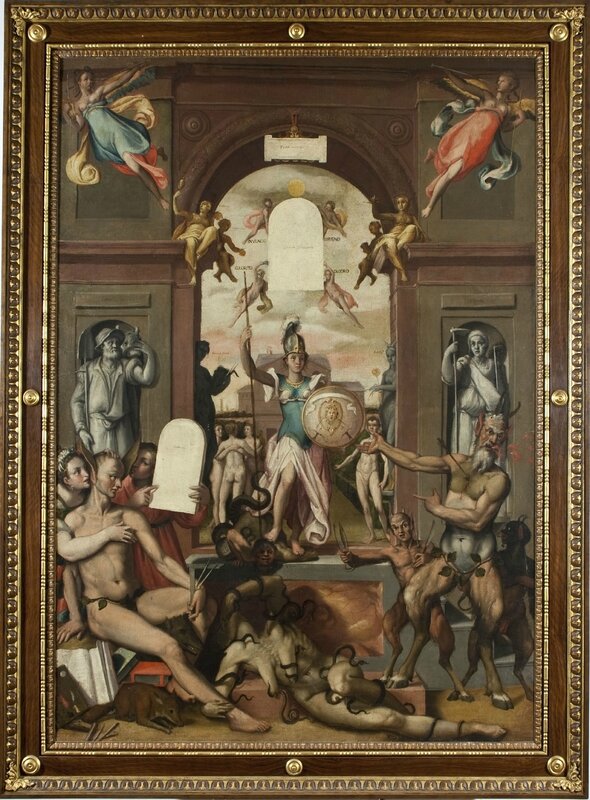
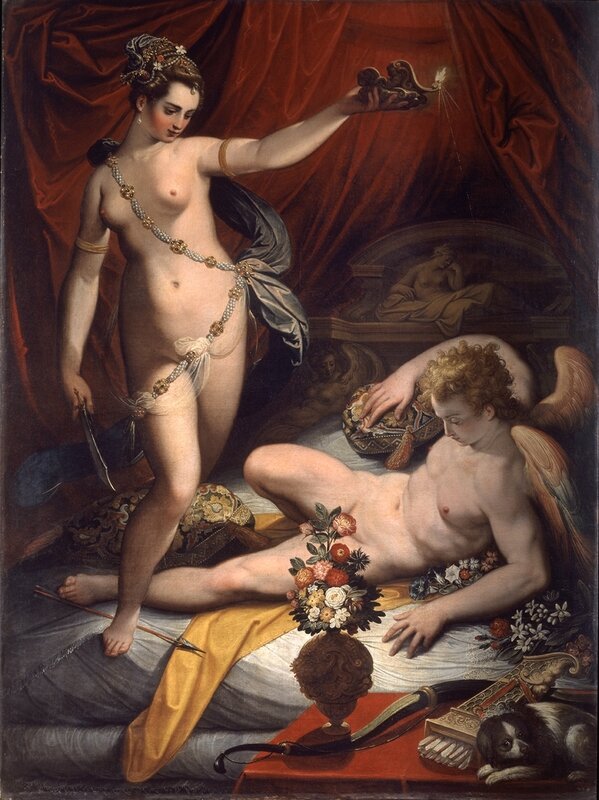
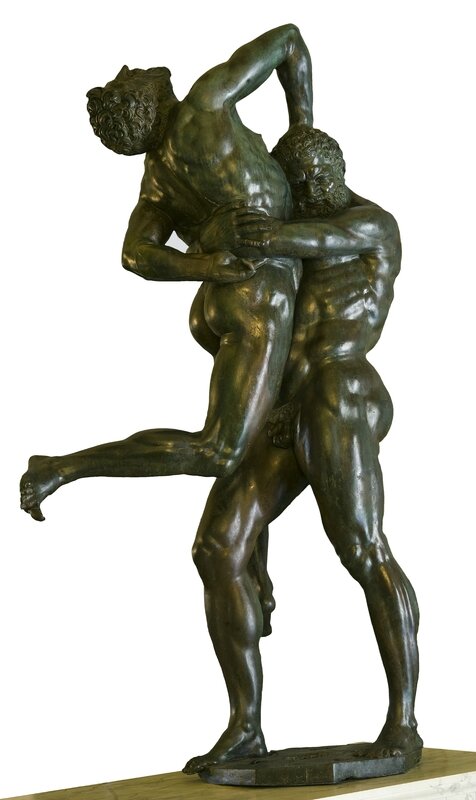
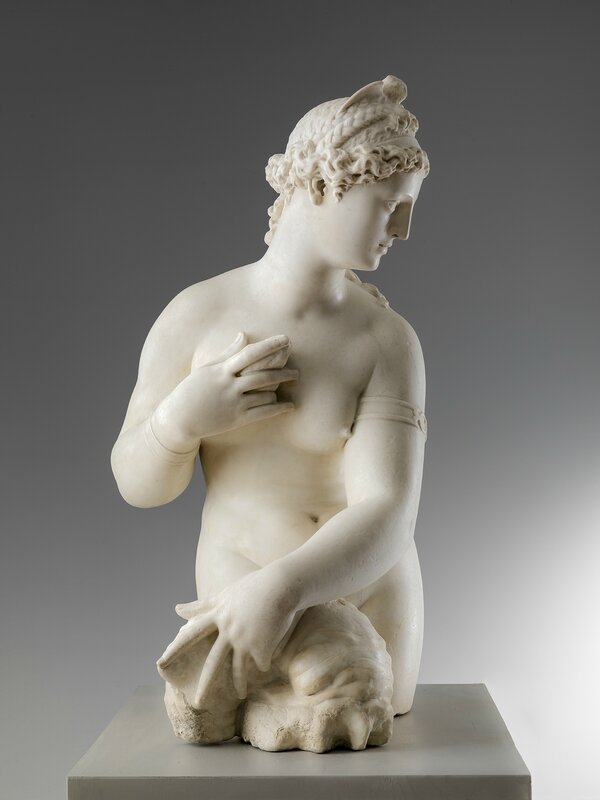
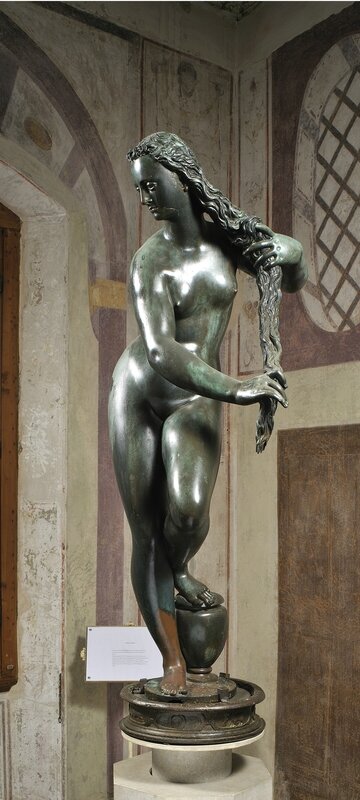


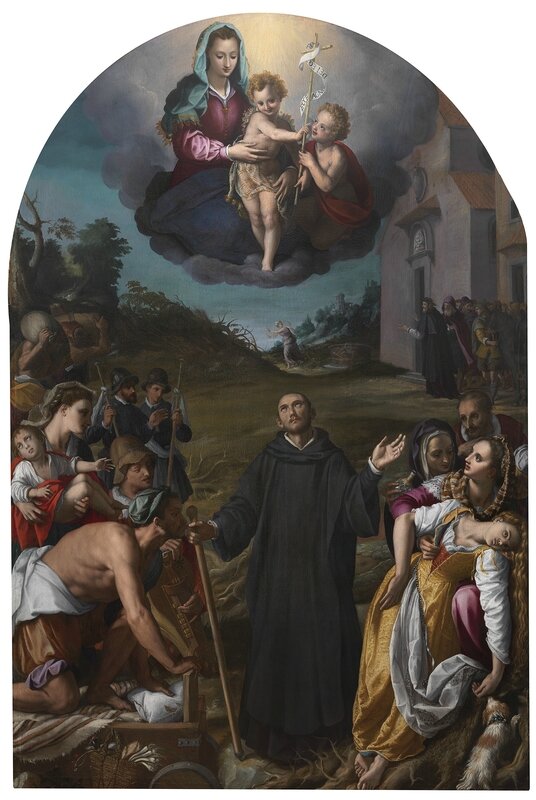
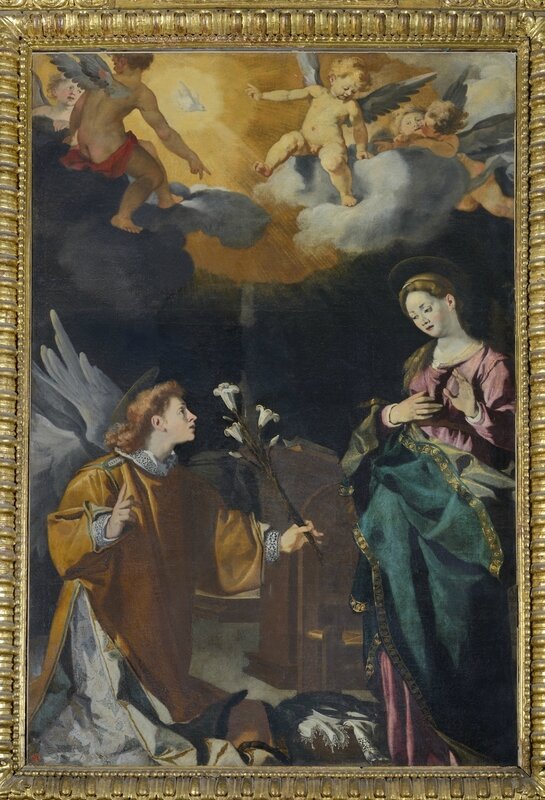

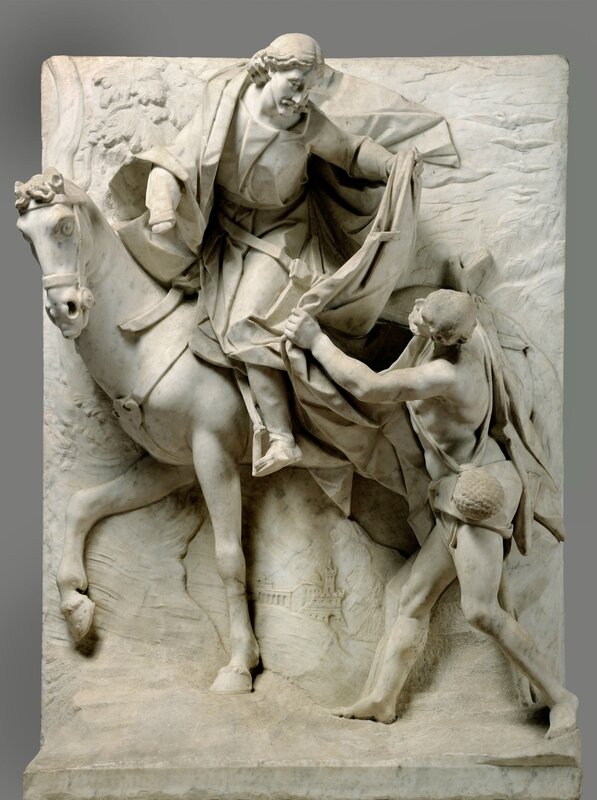


/http%3A%2F%2Fstorage.canalblog.com%2F85%2F71%2F119589%2F121198684_o.jpg)
/http%3A%2F%2Fstorage.canalblog.com%2F99%2F35%2F119589%2F103862967_o.jpg)
/http%3A%2F%2Fstorage.canalblog.com%2F24%2F72%2F119589%2F95281831_o.jpg)
/http%3A%2F%2Fstorage.canalblog.com%2F58%2F13%2F119589%2F92925724_o.jpg)